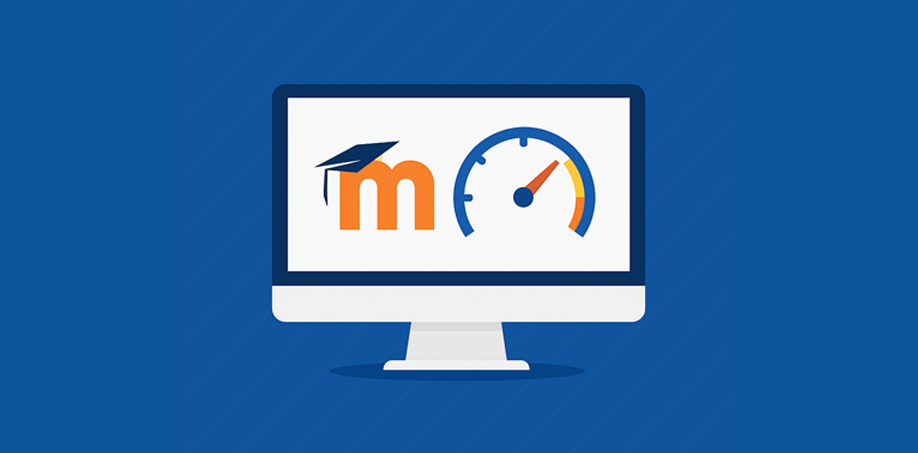
Measuring the Business Impact of E-Learning
E-learning has transformed the way organisations train, upskill, and support their people. But while most teams track basic data like completions and quiz scores, senior leaders want more than surface-level metrics, they want to see how learning programs move the needle on business outcomes.
Demonstrating the real-world impact of e-learning is essential for learning and development teams to be recognized as strategic business partners.
From Learning Metrics to Business Metrics
Traditional metrics, like course completions, average scores, and time spent, are useful for understanding learner activity. But to gain executive buy-in, training initiatives must be tied directly to business performance indicators.
For example:
- Compliance training should be linked to reduced regulatory violations.
- Sales training should be connected to increased conversion rates.
- Leadership programs should demonstrate improved employee retention.
When training outcomes are mapped against organisational goals, L&D shifts from being “a cost center” to “a driver of measurable growth.”
Data-Driven Insights Through Learning Analytics
Modern learning platforms provide an unprecedented level of data collection, tracking everything from click paths to knowledge retention. But the real value lies in connecting learning analytics to business data.
- Productivity metrics: Are trained employees completing tasks faster or with fewer errors?
- Customer metrics: Are customer satisfaction scores improving after customer service training?
- Operational metrics: Has onboarding reduced the time it takes for new hires to reach full productivity?
By integrating LMS data with HRIS, CRM, or performance systems, organisations can uncover correlations that prove training’s contribution to strategic outcomes.
The Strategic Role of L&D
When L&D teams consistently demonstrate measurable business impact, their role evolves from training providers to strategic partners. Instead of being reactive, responding to requests for “a course on X”, they become proactive advisors who align learning with organisational strategy.
This shift elevates the entire function, enabling L&D to influence long-term business decisions and secure greater investment in innovative learning solutions.
Storytelling With Evidence
Numbers matter, but stories resonate. Combining analytics with real-world testimonials and case studies creates a compelling narrative.
- Share a manager’s story about how leadership training helped reduce team conflict.
- Highlight a compliance officer explaining how training prevented a costly fine.
- Showcase a sales rep who used new skills to close a major deal.
These stories bring the data to life, making the impact of learning tangible and relatable.
The future of e-learning is not just about delivering engaging courses, it’s about proving measurable impact. By connecting training initiatives to key business outcomes, leveraging analytics, and telling powerful stories, organisations can unlock the full potential of learning as a driver of growth and innovation.
For L&D leaders, the message is clear: if you want a seat at the strategy table, show the business what learning delivers.


Recent Comments